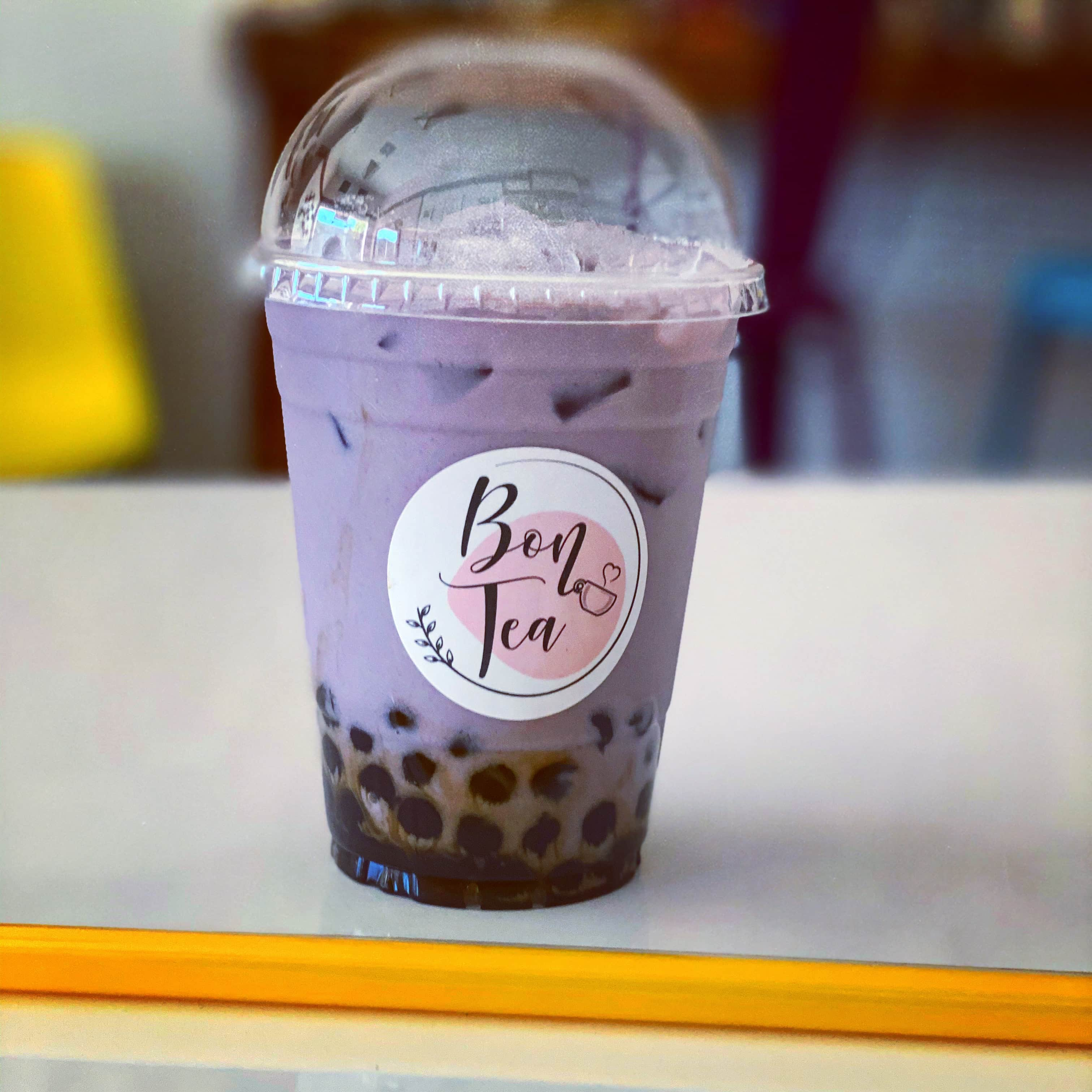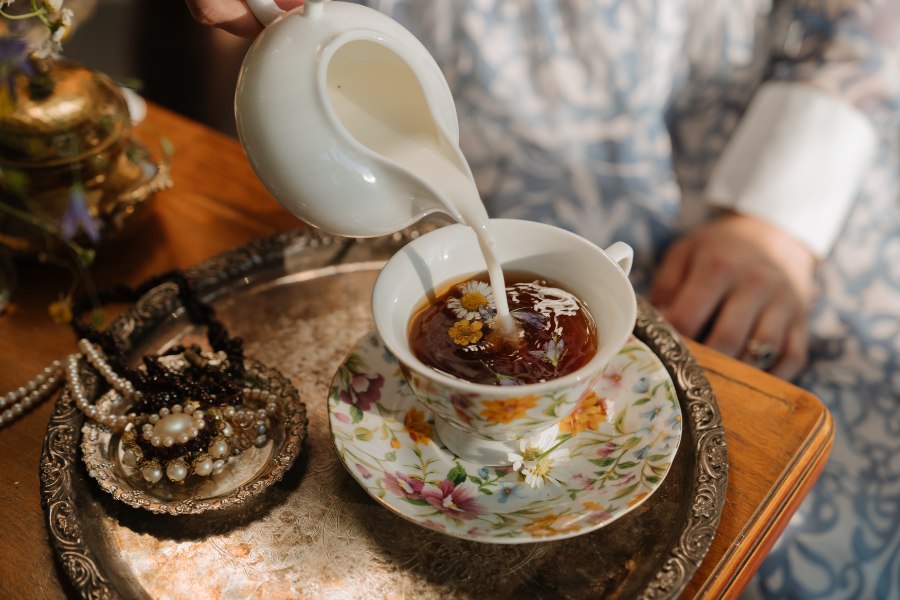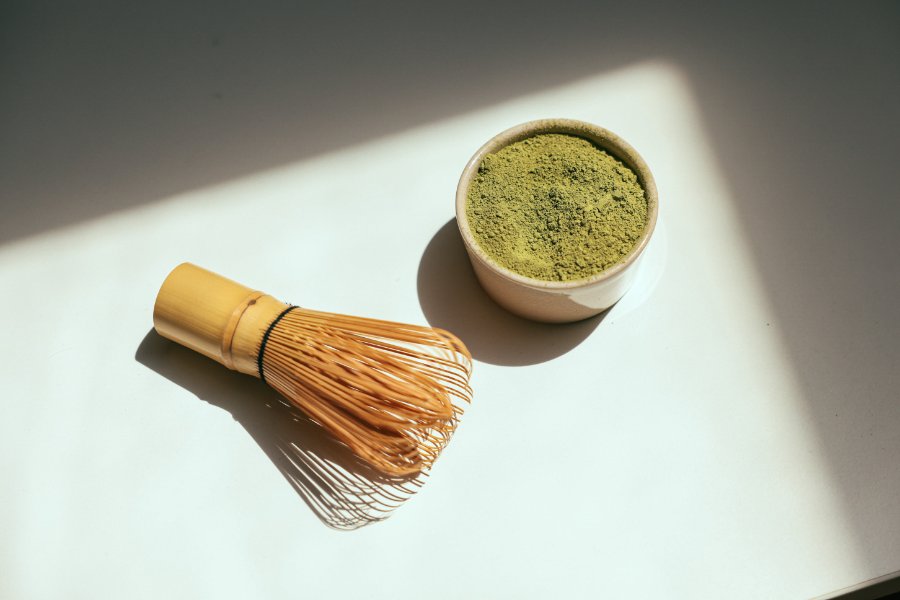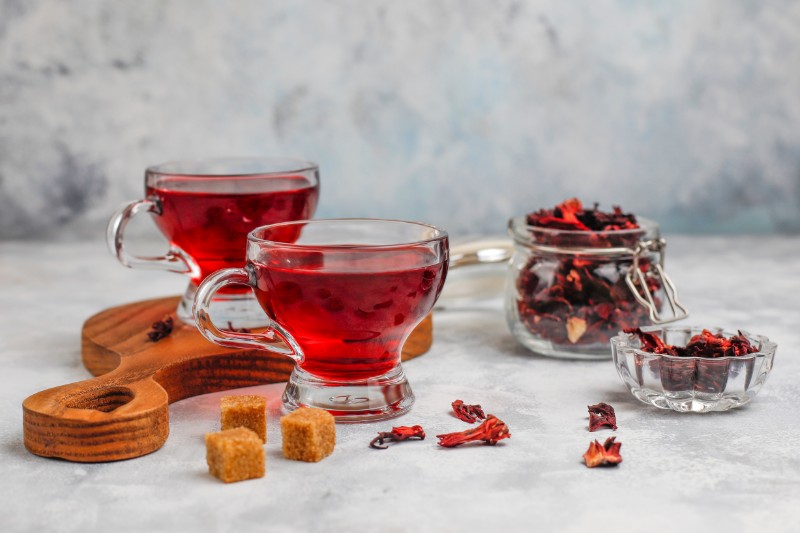
27 March, 2021 | Bon Tea Cafe Updated 2021
Red Tea: The Fascinating Tea With Two Different Origins
The rooibos tea, also known as red tea, has gained popularity as a healthy and delicious beverage in different parts of the world. Many people love the tea for its flavor, and tea lovers describe it as sweet and smooth with a hint of vanilla. The tea also combines with other ingredients.
However, red tea has more to offer than taste. Have you ordered a red drink and gotten a black tea instead? Even though the two brewed tea colors share a resemblance, there is a good reason for the misunderstanding.
When you request a red drink, what you get depends on which country you are in. When we say "red tea," it comes with two entirely different meanings. Numerous parts of the world use it to describe rooibos tea. However, it is also a traditional name that refers to black tea in countries such as China.
These two different teas have confused people who only drink one type of red drink.
What Is Red Tea?
The red drink (also called black tea in the West) originates from the same plant where green tea comes from. By the way, all tea is from the same plant Camellia Sinensis. (Do not worry if you did not know.) It was not popular in the West until the latter part of the 1840s.
You can process the plant in different ways that can change the flavor. For example, in the red drink, the leaf is intentionally damaged or rolled. It is more like how an apple changes color to brown when it is cut or damaged. The same thing happens to the tea leaves.
The process allows oxygen exposure to the leaf enzymes, which is how we get the red beverage. The process is called fermentation.
Rooibos Tea As Red Tea
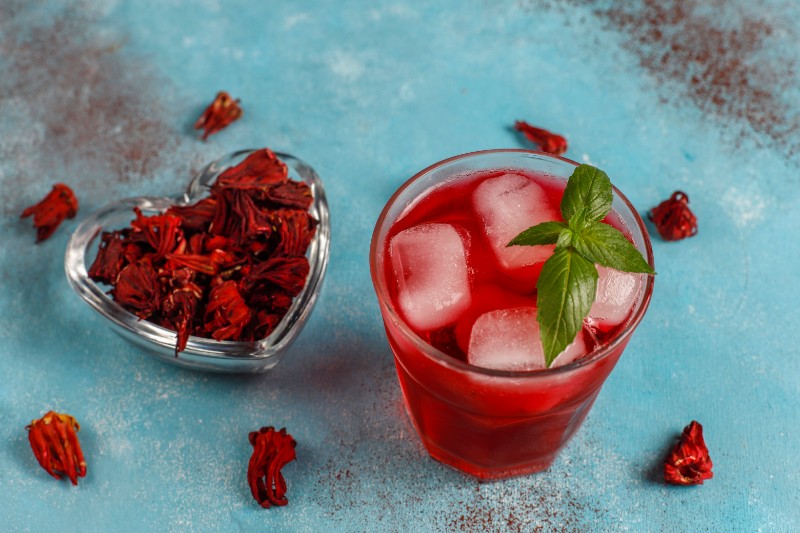
The most common meaning for red tea is rooibos, a type of herbal and tisane infusion. Rooibos tea originates from the Aspalathus Linearis plant, which is also called a red bush. It is a native plant in South Africa and has green, needle-like leaves and tiny yellow flowers that acquire their trademark red color after fermentation.
Rooibos tea has a red color and has a woodsy, earthy flavor and sweet taste that some people claim is similar to black tea.
-
Rooibos is naturally free from caffeine because it is a herbal tea.
-
Most rooibos tea is oxidized. However, you can find green rooibos (or unoxidized rooibos).
-
Many people use rooibos tea to make numerous masala chai blends because of its sweet flavor.
-
The fragrance of rooibos is also ideal for dessert teas. It is usually mixed with vanilla, chocolate, fruit flavors, and caramel.
Rooibos tea also comes with numerous health benefits. Aside from being caffeine-free and low in tannins, it can:
-
Help you calm down
-
Boost your immune system
-
Help with insomnia
-
Ease stomach cramps
-
Treat colic in babies.
-
Treat hay fever, including other allergies.
Some rooibos tea drinkers also believe that it can slow down aging. However, you will have to apply it to your skin to verify that yourself.
Black Tea As Red Tea
A much older meaning for red drink originated in China, which dates back several hundred years ago. It is similar to what tea drinkers in the West call black tea. Hong cha, which means "red tea," is the original name for black tea (hei cha). These terms are used in the East because they get their names from the color of their infusions.
Red or black tea has dark, almost black leaves. However, when steeped, they produce a lighter and more red infusion. Here is what you need to be aware of:
-
Teas are usually named after the color of their leaves. So black tea leaves will be black tea.
-
When it comes to green or white tea, the color of the leaves color and the infusion color is almost the same. So the names remain the same.
In Chinese tea terminology, black tea (hei cha) is entirely a different kind of tea. The process used is fermentation instead of oxidation. It is also called dark tea or fermented tea and comes in three primary styles: Gongfu black tea, Xiao Zhong black tea, and Broken black tea.
Red or black tea are noticed for their bold flavors, which may be earthy, tannic, woodsy, fruity, floral, sweet, or a chocolate fragrance. Due to these bold flavors, black tea goes well with numerous foods, and it is perfect for afternoon tea.
What Makes The Red Drink Unique?
There are numerous reasons why the red drink is unique and special:
-
It is the world's most widely consumed tea.
-
It is quite cheap, and you can easily find it.
-
You get the same excellent taste (maybe more) when you add milk and sugar.
-
Initially, most people thought it was failed green tea. That is, over-oxidized
-
The Red drink was part of the first teas in China exported to other countries.
What Does The Red Drink Tastes Like?
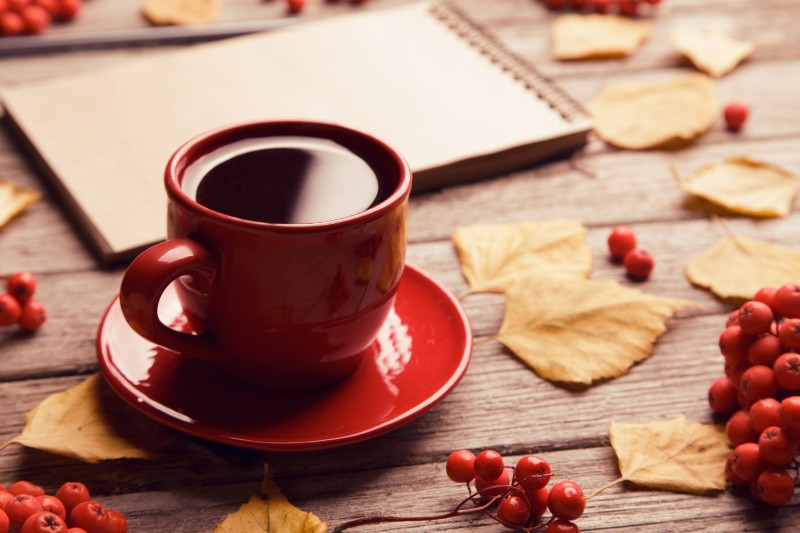
Chinese Red drink is floral, sweet, and slightly bitter. However, every red drink style has its unique characteristics and notes, which comes from a blend of a tea's"
-
Location for growing the tea plants
-
The specific variety of the tea used,
-
Processing
How To Brew Chinese Red Drink
You can use different styles to brew the Chinese red drink. However, various brewing methods result in different tea flavors. If you are new to red tea, you can try both ways brewed with the same tea can teach you many things about brewing, taste, and processing.
Western Style
The western style is quite popular, and you may have probably come across it. You will need 2-5 grams of loose leaf red drink. To make the Western style of red beverage:
-
Measure 2-5 grams of loose leaf tea. You decide your preference.
-
Put the red tea in a teapot.
-
Fill the teapot with boiling water, preferably 12-24 ounces depending on the teapot size.
-
Set the timer to 3-5 minutes, and then pour into your teacup.
-
Brew with boiling water again for another 3-5 minutes.
How is The Red Drink Made?
-
The producers pick the leaves and allowed to lose moisture (or wither)
-
The tea leaves undergo a rolling process that ruptures the cell's walls. That rupture allows the enzymatic juices to coat the leaf, and that is when it becomes oxidized.
-
The producers allow the leaves to oxidize.
-
The shaping process begins, shaping the leaf into the shape needed for tea to be produced.
-
For the final step, the producers shape the leaves or dry them in the sun for approximately 5% moisture to prevent staleness or mold.
Sometimes, the producers include an additional baking process known as Ti Xiang. They do this to boost the aroma without changing the taste of the tea. However, this particular step is often skipped because it is easy to ruin a whole batch of tea if done incorrectly.
Conclusion
If you wonder whether to use the loose leaf or tea bags to make the red tea, let us clarify. Loose leaf tea has higher quality compared to tea bags. And that is because the loose-leaf variety has all the healthy leaves and compounds from the red bush plant. Teabags usually contain broken pieces of leaves, and that limits their flavor potential and health benefits. Furthermore, teabags also restrict the leaves from entirely expanding and infusing flavor. So if you want the best taste, we recommend buying loose tea. That said, if you want to order online for your favorite red beverage, contact us. We will deliver it to you shortly.


